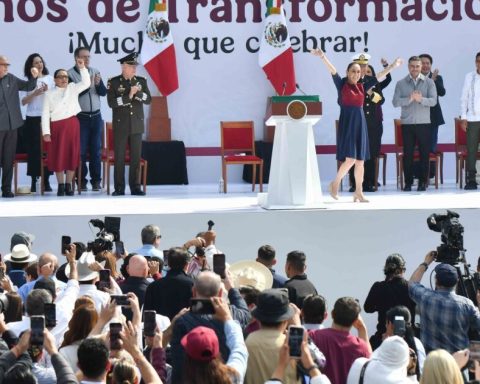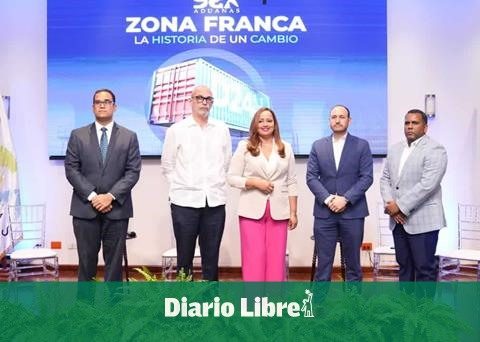The constitutional reform to reduce working hours in Mexico it is back on the debate table after the commitment made by the president Claudia Sheinbaumfor many specialists the question is not if it will happen, but when and how.
Data from the International Labor Organization (ILO) show that the 40-hour week is common in developed economies in Europe and North Asia; but in Latin America 48-hour work days still predominate.
In the document, “Work Time Management in a Changing World. Situation and perspectives of the working day in Latin America”some considerations arise as a result of international experiencesas:
- The need to incorporate some subjects of day organization negotiated as an element of adaptability
- Open a negotiation space on this issue to social actors, especially within the framework of collective bargaining.
Mexican-style reduction of working hours: What should the reform consider?
For Nadia González Elizondo, labor lawyer, reducing the working day “is no longer a matter of saying no, it is about how yes and doing it and making it a successful transition”, but for it to turn out well it must contain certain elements.
The specialist says that the reform must have, first of all, clarity. And, he indicates, what the proposal seeks is to reduce the working day, but adding a day of rest a week; That is, having two days off for every five days of work.
“It is not the same as saying that the duration of the weekly working hours of 48 to 40 hours to say that one more day of rest is granted. Because I can continue having a 48-hour day that I can spread over 5 or fewer days, as long as they are granted two days of rest weekly,” says the labor consultant.
Another element that a reform in this matter should have is to establish what the changes to the Federal Labor Law (LFT), that would give greater clarity and legal certainty to employers, unions and workers.
Also, says Nadia González Elizondo, it should be established what will happen to the different types of work days that today exist in the LFT, that is, the daytime, the mixed and the nighttime.
“In the point of gradualnesswe need to be certain of how long it will take to implement it and to allow employers to adapt to the change, make their forecasts, their budgets, hire more staff, train said staff, and plan their shifts. So, that is necessary,” says the lawyer specializing in labor law.
And finally, he says, there would have to be a benefits program or tax exemptions, focused on micro, small and medium-sized companies that “are going to struggle a lot.”
“What we want is encourage formalitymove from informality to formality, but if we reduce the hours and we are going to have to work overtime, how are MSMEs going to survive,” questions the lawyer.
Finding the middle ground for implementation
Diego García Saucedo, managing partner at García Velázquez Abogados, considers that the reform proposal presented in the previous legislature was not gradual, and the new project promoted by Movimiento Ciudadano has so many that it is complex, so it is necessary to find the midpoint for implementation.
The lawyer agrees that a reform to reduce working hours must have clarity and ease of implementation. He comments that, for example, the current proposal says that, although it will take effect upon publication, it will not yet appear in the Federal Labor Law, which raises doubts about when it must be complied with.
“I would expect good legislative work, these situations are confusing, they are very redundant, they generate too much work”, he warns.
The lawyer considered that, having a majority in Congress, the reforms that are a priority for President Claudia Sheinbaum will be approved, so the organizations must begin to set plans to know how they can deliver, regardless of fine points such as timing.
Regarding the pilot program that contemplates the new proposal, considers that it should be started before the discussion of the project to have data and some information that can be useful at the time of implementation.
However, organizations must move forward so that its application does not happen as happened with the vacation reform and also with the harmonization of the Federal Labor Law to recognize October 1 as a day of rest, which happened from one moment to the next.













